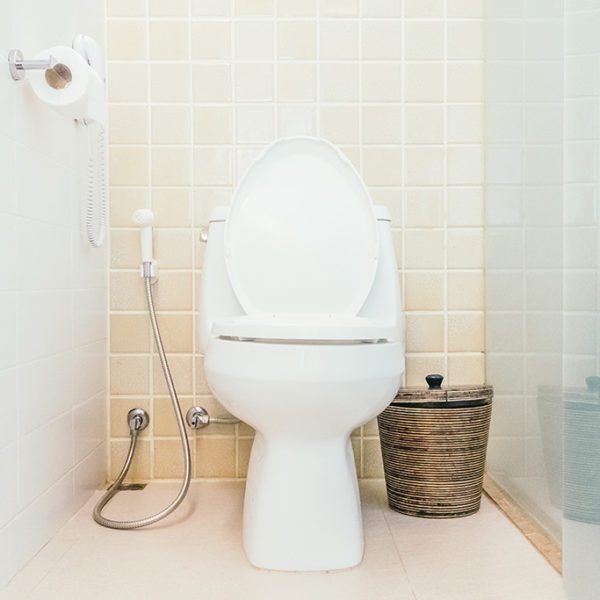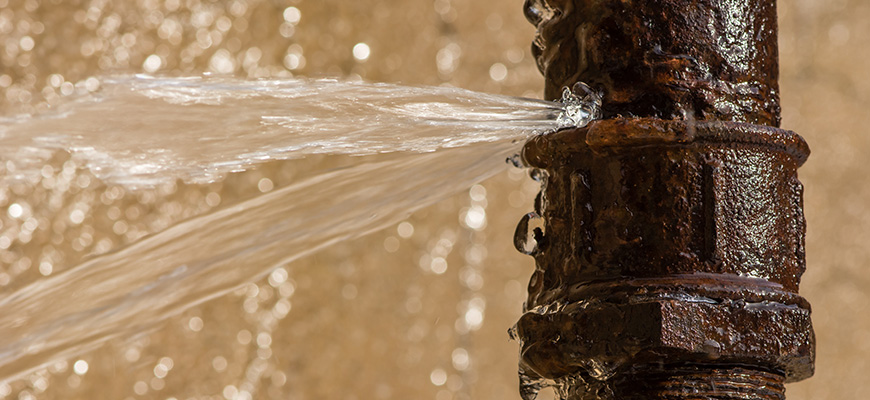For most of us, the toilet is just another appliance in the home. We give it little thought until it stops working properly. But believe it or not, the toilet has a long and fascinating history. Let’s take a quick trip through time to explore how this essential item came to be.
Where Did Toilets Come From
The first recorded instance of a flushing toilet was in the year 1596. Sir John Harington, an English courtier and godson of Queen Elizabeth I, installed one in his mansion. However, his invention was met with skepticism and mockery from others at court who nicknamed it “John Harington’s jakes.” It wouldn’t be until nearly a century later that the first flushing toilet would be patented, by none other than Sir Christopher Wren, the famed architect responsible for rebuilding London after the Great Fire of 1666.
Interestingly, flush toilets were not widely adopted in England until the mid-19th century. This was due in part to a law passed in 1777 that required all new houses being built in London to have a “water closet” (i.e. toilet) but there was resistance to this newfangled invention from both landlords and tenants alike. It wasn’t until Thomas Crapper, a plumber from Yorkshire, started mass-producing toilets in the 1860s that they began to gain popularity. Crapper’s company, Thomas Crapper & Co., even had the distinction of receiving several royal warrants from members of the British royal family!
Advancements in Toilet Technology
Although much has stayed the same throughout the years as far as the basic function and form, toilets have also seen major technological advancements compared with where it all began. A list of the most expensive toilets in the world boasts price tags all the way up to Five Million Dollars.
One of the most notable advancements is the low-flush or dual-flush toilet. Low-flush toilets use less water per flush than traditional toilets, which can save a significant amount of water over time. Dual-flush toilets have two buttons or levers—one for liquid waste and one for solid waste—so you can choose how much water to use per flush.
Another technological advancement is the pressure-assisted flush. Rather than relying on gravity to move waste through the pipes, pressure-assisted toilets use compressed air to force waste through the system. This type of flushing mechanism is often found in commercial restrooms because it can handle heavier usage without clogging as easily as gravity toilets.
While contemporary toilets may seem like a far cry from those first used by ancient civilizations, the basic concept is still the same. Despite these advancements in technology, one thing remains true: if you have any problems with your toilet, you should always hire a professional to repair or replace it. Toilets may not be glamorous, but they are an essential part of every home—and when they’re not working properly, they can cause major headaches (and even health problems). Don’t take chances with your toileting needs—leave it to the experts!


